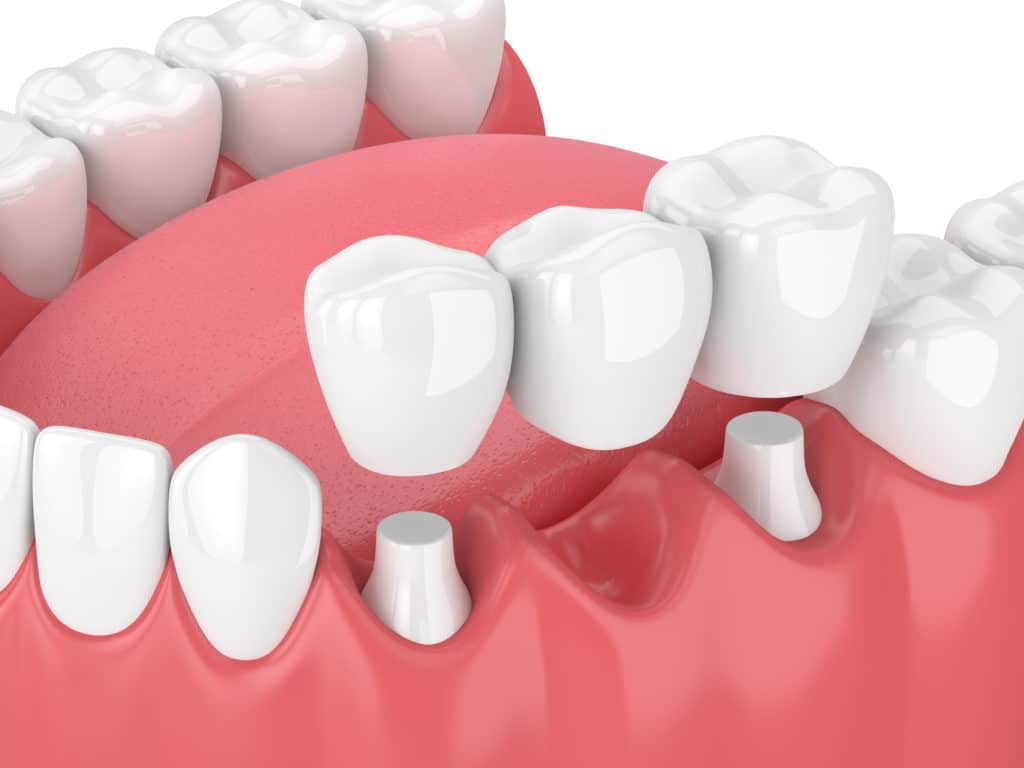DENTAL BRIDGES NYC

Tooth loss is a serious matter. Each tooth in the mouth supports the others and also supports the functional movement of the jaw and temporomandibular joints. When a tooth is lost and not replaced, surrounding teeth may shift. Opposing teeth, as well, may shift up or down into the empty space. Furthermore, the force of biting and chewing becomes imbalanced when a tooth is missing, exerting more stress onto remaining teeth and potentially causing them to wear down more quickly than they would otherwise.
We offer dental bridge treatment as a reliable restoration for missing teeth.





